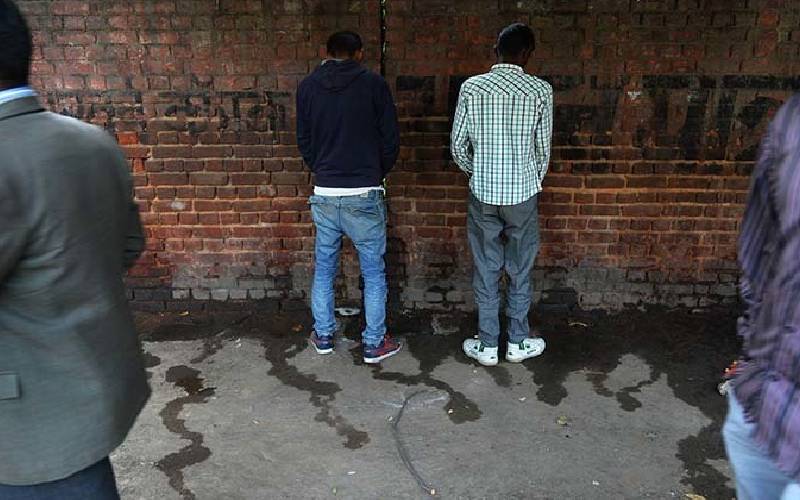 In 2013, India became the fourth country in the world and the only emerging nation to launch a Mars probe into space. But it remains part of the group of 45 developing countries with less than 50 per cent sanitation coverage, with many citizens practising open defecation, either due to lack of access to a toilet or because of personal preference.
In 2013, India became the fourth country in the world and the only emerging nation to launch a Mars probe into space. But it remains part of the group of 45 developing countries with less than 50 per cent sanitation coverage, with many citizens practising open defecation, either due to lack of access to a toilet or because of personal preference.
According to the 2011 census, only 46.9 per cent of the 246.6 million households in India had their own toilet facilities, while 3.2 per cent had access to public toilets. The remaining 49.8 per cent of households had no option but to defecate in the open. In comparison, in 2011, 53.2 per cent of households had a mobile phone. In rural areas, where nearly 69 per cent of India’s population lives, 69.3 per cent of households lack toilets. In urban areas that number falls to 18.6 per cent.